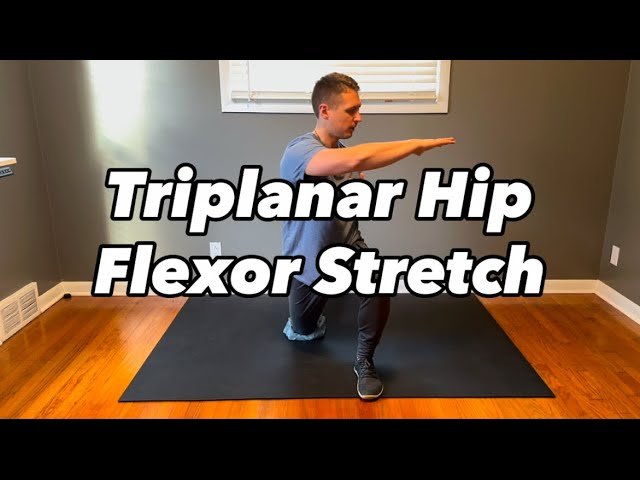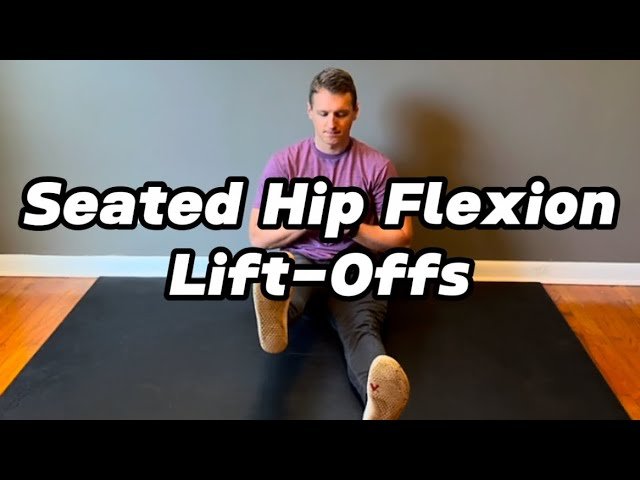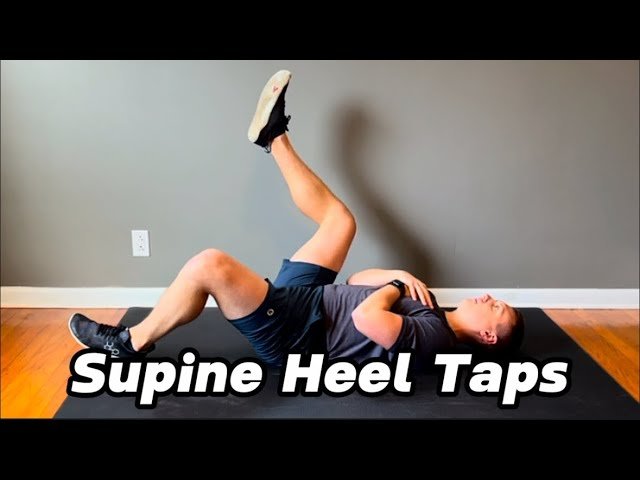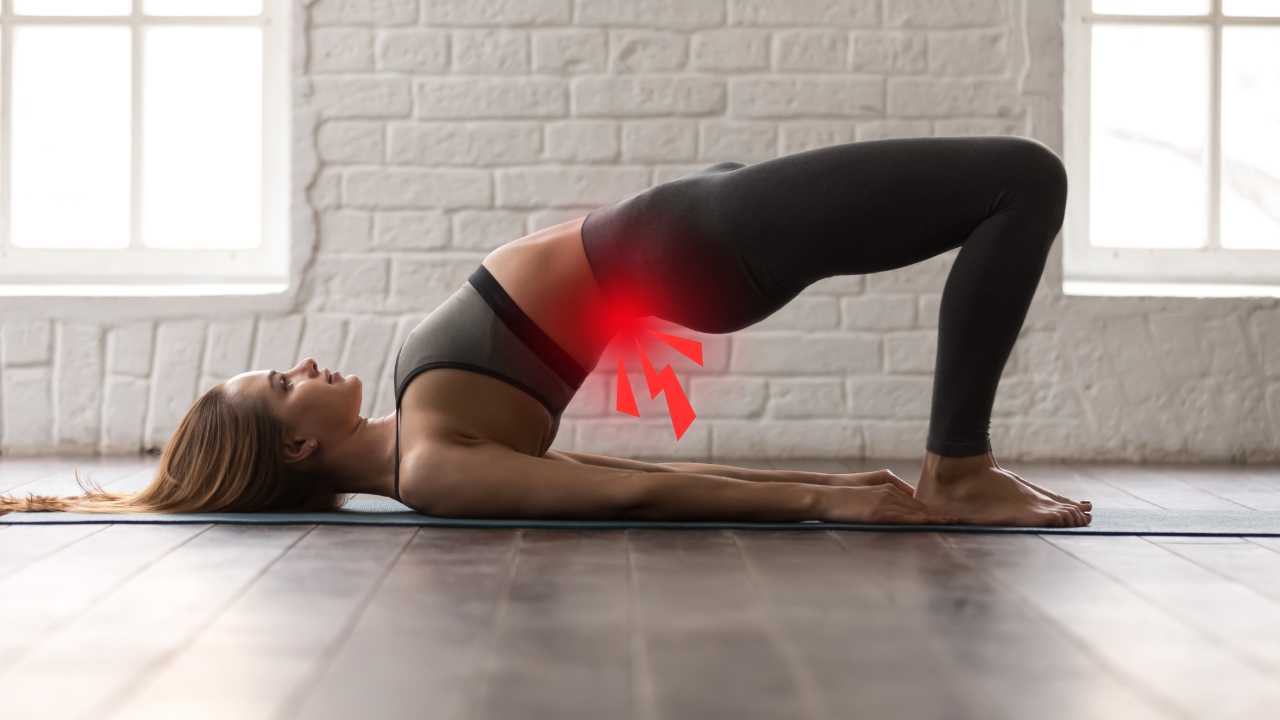How to FIX your Tight Hip Flexors for Good!
Dr. Mitch Israel
31 March 2024

Tight Hip Flexors? Here's what you need to do!
Are you tired of feeling stiff and restricted in your movements due to tight hip flexors? You’re not alone. Many people suffer from tight hip flexors, often due to long hours of sitting, lack of mobility work, or improper exercise routines. But fear not! With the right approach, you can effectively release tension in your hip flexors and regain flexibility and mobility. In this guide, I’ll walk you through three essential steps to fix your tight hip flexors for good.
If you prefer videos, watch the video version below!
Step 1: Reduce Hip Flexor Tension
The first step in fixing tight hip flexors is to release the tension that has built up over time. Here’s a list of other common causes of Tight Hip Flexors:
- Sedentary lifestyle
- Lack of stretching
- Overuse or repetitive movements
- Weak gluteal muscles
- Imbalanced strength
- Poor posture
- Muscle strain or injury
- Hip joint issues
- Pelvic misalignment
- Previous injuries or surgery
Regardless of the cause(s) the first movement to help reduce hip flexor tension is a Tri-planar Hip Flexor Stretch. (Perform 5 reps in each direction for 1-2 sets.)
This is a very simple and effective way to stretch the hip flexor in all 3 planes of motion (sagittal, coronal, and transverse).
*Below is a playlist of all the video references for the movements described in this article.
Playlist
Step 2: Restore Hip Flexion Range
Once you’ve reduced the tension in your hip flexors, it’s time to work on restoring full hip flexion range of motion within the hip joint: Here is a list of why hip flexion range of motion is so vital:
- Improved Mobility
- Reduced Risk of Injury
- Enhanced Athletic Performance
- Proper Body Mechanics
- Improved Posture
- Functional Activities
- Enhanced Flexibility
- Prevention of Muscle Tightness
These Hip Flexion Lift-offs is a simple and very effective way to help improve hip flexion range of motion. (Perform 10 reps on each side for 1-2 sets.)
Step 3: Reinforce with Core Stability
The core muscles, including the abdominals, obliques, and lower back muscles, play a crucial role in stabilizing the pelvis and spine during movement. When the core is weak or lacks stability, other muscles, such as the hip flexors, may compensate by becoming overactive to help maintain balance and support. This compensation can result in the hip flexors being constantly engaged and shortened, leading to tightness over time.
Additionally, an unstable core can contribute to poor posture and alignment, further exacerbating the strain on the hip flexors. Addressing core weakness and instability through the Supine Heel Taps exercise can help restore balance in the muscular system and alleviate tightness in the hip flexors. (Perform 10 reps on each side for 1-2 sets.)
*Below is a playlist of all the video references for the movements described in this article.
Join the Movement
Unlock the path to freedom from hip flexor tension by joining the Mobility Suite Membership today and start my exclusive 2-week “Hip Flexor Reset” program.
Designed to target and alleviate tightness in your hip flexors, this program offers a comprehensive approach to improving mobility and reducing discomfort. With a focus on targeted exercises and expert guidance, you’ll uncover a renewed flexibility and ease of movement.
Plus, take advantage of our 7-day free trial by clicking the button below, ensuring you have nothing to lose but your Tight Hip Flexors. Don’t let discomfort hold you back any longer—join today and take the first step toward a more mobile and pain-free lifestyle.






